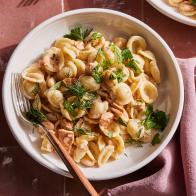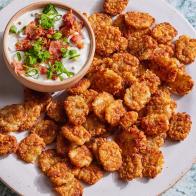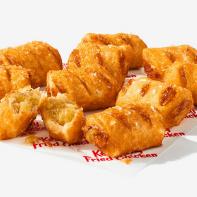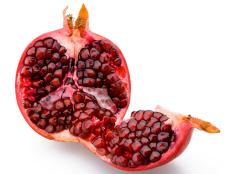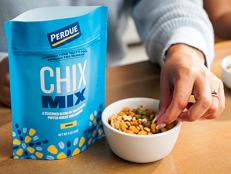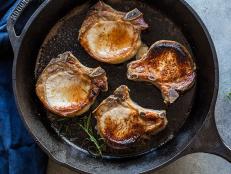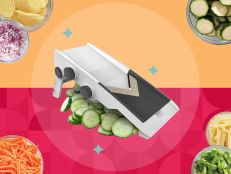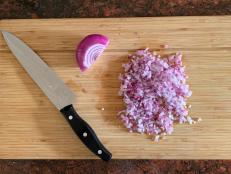Could the World's Smallest Fruit Be the Next Big 'Superfood'?

Could the world’s smallest fruit be the next big “superfood”? The fruit of an edible species of duckweed (those rootless, stemless, leafless, teensy green plants you sometimes see floating on the surface of ponds) called Wolffia globosa or, alternately, Asian watermeal, is no bigger than the head of a pin, measuring about 0.7 to 1.5 millimeters, but nutritional scientists now suggest the teensy fruit may pack a major nutritional punch.
According to a study conducted by researchers in India and Germany and published in the journal Food Chemistry, Wolffia globosa, which grows quickly and is said to taste a bit like watercress, is packed with protein as well as omega-3 fatty acids.
Easier to grow than soy (no farmland needed), Wolffia globosa may make a fine addition to smoothies or baked goods (gluten-free, no less), the researchers suggest. The itty-bitty green fruits, which may also purify the water in which they grow and could additionally be used to produce bio-ethanol, have long been popular in some Asian countries, where they show up in soups and omelets or on their own as a ‘veggie’ (consider it a sort of spinach caviar).
And just in case you’re looking for recipes, here’s a Thai Asian Watermeal dish that integrates lemongrass, red onions, dill and basil, among other ingredients.
As for where you can get the key ingredient, a company called Green Onyx is working on letting you harvest edible duckweed on your own countertop.
Wild.

